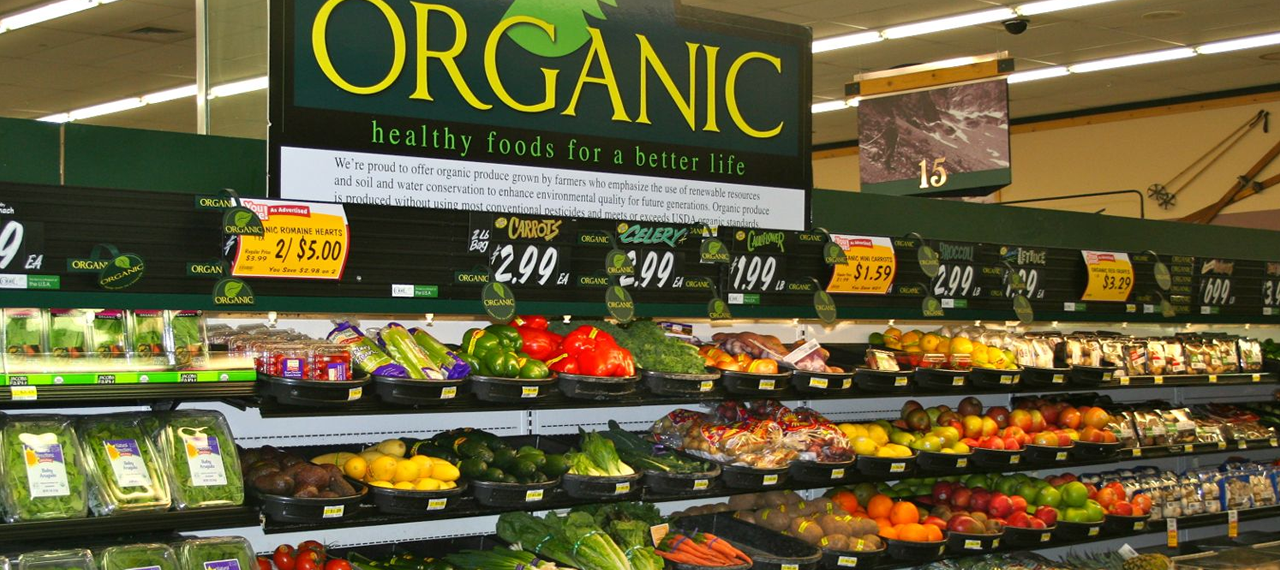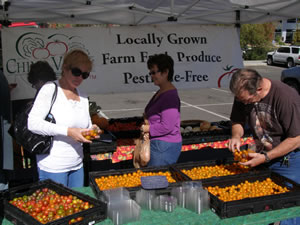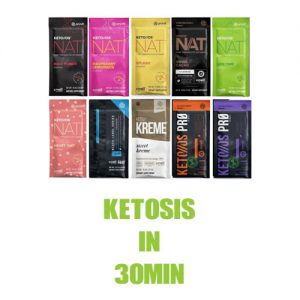I was recently in a position where I could have a sneak peek at the personal documents of thousands of community members. These documents gave me a snapshot of their habits, needs, desires and vices. Okay, it was nothing shady, I was simply handing out competition entry forms at a shopping centre over six weeks, and the documents that were shown to me to gain entry into the competition were shopping receipts. As I calculated the dollar figures, I thought of how many times I had heard people say that they would eat better food if it wasn’t so expensive. With the high costs of living, people felt they just didn’t have enough money for farm fresh, organic, pasture-fed, free-range food. Yet here I was accumulating weeks’ worth of statistical research showing average consumers spending heaps of money on clothes, electronics, beauty treatments, homewares, cheap knick-knacks, pharmaceuticals, lottery tickets, alcohol, cigarettes, junk-food and packaged food. I couldn’t help but wonder: Could we all afford to eat well if we just got our priorities right?
Health is the Greatest Wealth
I know I don’t actually need any statistical research to make a claim that people love to spend money on stuff. Huge chunks of our salaries go to giant TVs, car payments, and name-brand items. Thousands of dollars are easily spent on “How to Get Rich” books, wealth seminars, and success coaches in an effort to obtain more money to buy more stuff. But how many wealthy people find it impossible to enjoy their success and their stuff because they suffer from chronic pain, debilitating disease and numerous syndromes?
You Get What You Pay For
What does this have to do with eating good-quality food? Well, nutrition is just like consumerism in a way. For example, imagine you buy two of the same product; one from the $2 cheap shop and one from the luxury brand store. You probably won’t be surprised when the luxury brand product lasts years, but the ‘Made in China’ product breaks within a week. Yet, when we put the ‘Made in China’ cheap food in our bodies, we are surprised when our body breaks down in aches, pain and disease. We wouldn’t expect our cars to run on the smell of an oily rag, but we expect our bodies to run on nutritionally void, toxic food.

Prevention is Often Cheaper than Cure
Speaking of cars, I recently learned the hard way that prevention is cheaper than cure. When my car needed a new water pump to keep it running smoothly, the $400 cost of maintenance seemed too much to spend, so I kept putting it off. That is, until the engine blew up. Then I not only needed a new water pump, but multiple repairs and eventually a whole new engine! It was a perfect analogy of how quality food to keep the body running smoothly is much cheaper than doctors and medicine when they body breaks down. Instead of $400 for a water pump (good-quality food), I had to spend a couple thousand dollars on repairs (pharmaceutical drugs), mechanical labour (doctors), and a new engine (surgery). Judging by the high dollar amounts on all the chemist receipts I saw recently, people have unfortunately chosen cure over prevention.
Eat Well, Age Well
Prevention versus cure also relates to looking good and aging well. Along with the chemist receipts, the other huge dollar amounts came from the beauty salon receipts. More and more is spent every year on products and services to help us look younger and better. Yet it’s cheaper and more enjoyable to buy good-quality food, which will you make you look better than any skin cream, facial or Botox injection.
But Why is Organic Food More Expensive? Or is it?
I know you’re nodding your head in agreement with all this but still thinking, “Why does organic food have to cost so much more?” Firstly, an organic carrot is rich in nutrients and taste while an industrial farmed carrot is rich in toxic chemicals and full of extra water. The two carrots are completely different ‘products’, so to compare their costs is like comparing apples with oranges. Secondly, maybe organic food is priced appropriately for the amount of costs involved with proper farming, and conventionally farmed food is just ridiculously cheap because of all the cost-cutting involved with agrichemical farming methods on farms which are owned by giant corporations. Thirdly, when you buy conventionally farmed food, you pay three times: first you pay at the shop till, next you pay through your taxes which subsidise modern farming methods, and then you pay again to clean up the damage to the environment caused by conventional farming. When the cost of replacement of eroded soils, clean up of polluted water, costs of health care for farmers, farm workers and consumers, plus costs of artificial pesticide production and disposal are factored into the cost, organic food is much cheaper.
Vote with Your Dollar When Buying Food
In the end it’s up to you, all of you, to decide where the money goes. Look at all the heaps of money people are spending on things, and then imagine what might happen if some that money was used to buy the very thing that gives life: high-quality food. Maybe our quality of life would increase. Maybe our doctor’s waiting rooms and hospitals would not be so full. And as a bonus, maybe organic food would even become or seem cheaper. Just as televisions and dishwashers are no longer luxuries only for those who can afford them, if the expectation of fresh, pure, chemical-free food reached a critical mass, then it too would cease to be expensive. The more people who demand it, the more democratic and affordable organic food will become. Vote with your dollar.
Put Your Money Where Your Mouth Is – September 2012









